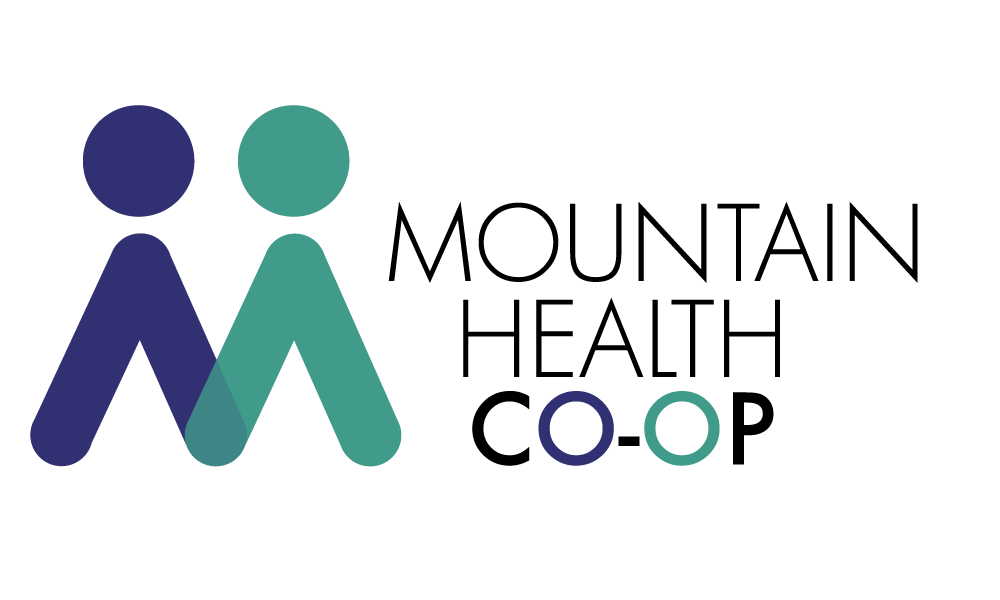A Scrappy CO-OP Takes on Big Health Insurance
BLOG
BLOG

Dish versus Direct TV. Whole Foods versus Walmart. We're all for free market competition, and based on rising prices, there's one corner of the economy that could use a lot more of it: healthcare and health insurance.
Very little about healthcare and health insurance actually constitutes real competition. Before the Affordable Care Act became law in 2010, the American Medical Association noted the lack of serious competition among insurance companies in nine out of 10 cities. In 16 states, a single insurer wrote more than half the policies. That's not good.

That’s why we're happy to announce the addition of a new client, Mountain Health CO-OP (and its parent company Montana Health CO-OP), to the Oliver Russell family. As a health insurance co-op made possible by the Affordable Care Act, they're a perfect fit for us: a purpose-driven organization tackling a critical community issue with an innovative business model, in this case, a cooperative.
Mountain Health CO-OP is an offshoot of Montana Health CO-OP which captured 40% of the customers on Montana’s health insurance exchange in 2013-14, its first year in operation. Now they're bringing the same model to Idaho, another state with little competition among insurers and way too many uninsured.

Co-ops differ from traditional insurers in several, customer-friendly ways.
Lower premiums: Co-ops can often offer insurance for less because they keep their costs extremely low, spending far less on marketing and overhead than traditional insurers.
Profits returned to the members: By law, health insurance co-ops must return all profits to their members in the form of lower premiums and/or expanded benefits. Because there’s no tax bill to pay, overhead is further reduced. Co-ops are true nonprofits. Many people confuse this with the “mutual not-for-profit” status claimed by many insurers, which means they can keep all their profits as reserves that only benefit the company, not its members.
Member owned and operated: Co-op members have the ultimate say in how their co-operates because they own it, and members comprise the boards and committees that govern them.
Co-ops typically form when the marketplace can't or won't provide a needed product or service—or offer it at a price buyers can tolerate. By joining together, co-op members can pool their capital to buy a facility (such as a building in the case of a housing co-op), or leverage their buying power to command lower prices than any one member could negotiate on her own.
Since it arose in the 15th century, the concept of the co-op has taken many shapes: marketing co-ops, utility co-ops, agricultural co-ops, banking co-ops (better known as credit unions) and more. Chances are you've enjoyed a product or service provided by a co-op without even knowing it. Some of the more well-known co-ops include Recreation Equipment Incorporated (REI), Land O'Lakes, Cenex, Ace Hardware, Blue Diamond (almonds) and Tillamook Creamery, to name a few.

As it enters the Idaho market, Mountain Health CO-OP faces a tremendous challenge: to build awareness and trust from scratch in a market dominated by one of the Blues with a 60+ year history here.
It's not going to be easy, but we think, like the folks in Montana, Idahoans will see the logic in Mountain Health CO-OP’s low-overhead/low-premium focus; its grassroots, member-centered approach; and its mission-driven leadership.
Back in 2010 when co-ops were first floated as an alternative to the “public option,” Montana Senator Max Baucus pitched them successfully as the competition necessary to hold established insurance companies' “feet to the fire” on pricing. Let’s hope they succeed.
Blog
A brand and packaging project for a product that's deep, down good (for you).
Blog
Companies align around shared values.
Blog
The naked truth about the importance of branding.